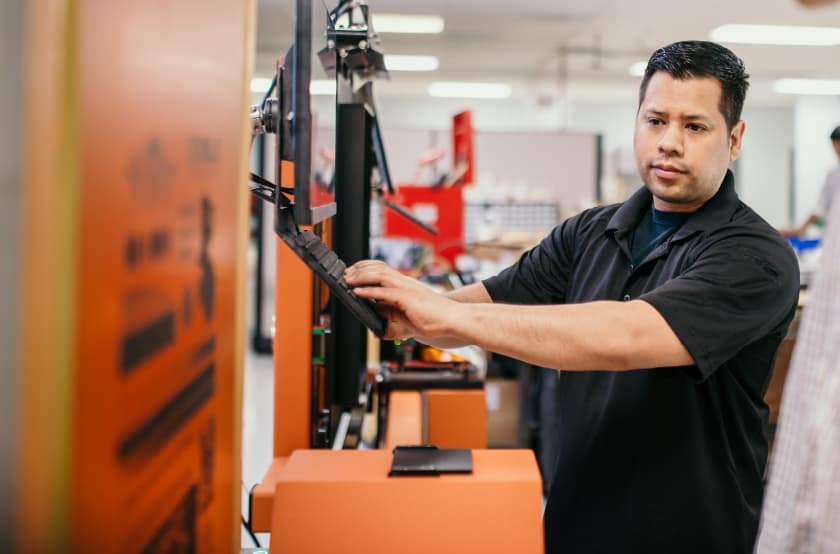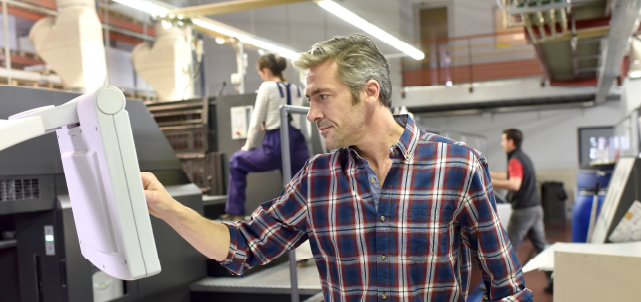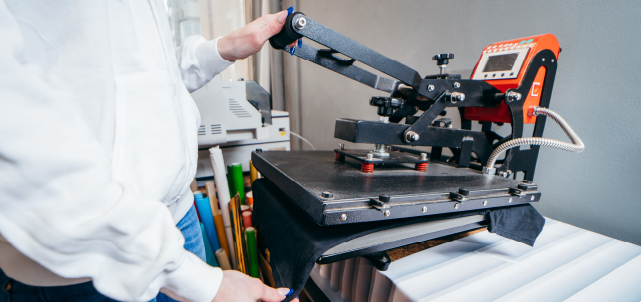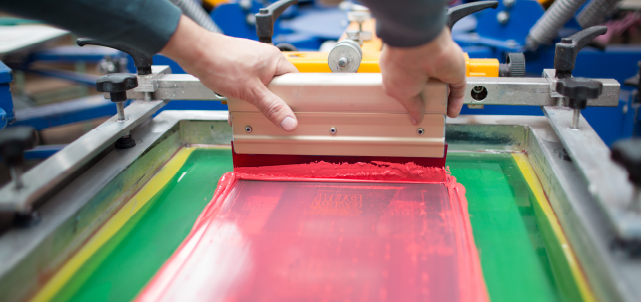When it comes to investing your money, or that of your company, shouldn’t it go into products or services that you hold dear and are the most beneficial to your bottom line? So, as screen printers, why would you not invest in the best possible equipment for your business? Screen printers should gain higher productivity from updated screen-printing equipment, and not just new equipment.
EXILE Technologies, a leading prepress and direct-to-screen printer manufacturer, introduced the Spyder III Computer-to-Screen (CTS) printer earlier in 2019, and has been demonstrating its benefits to the industry ever since.
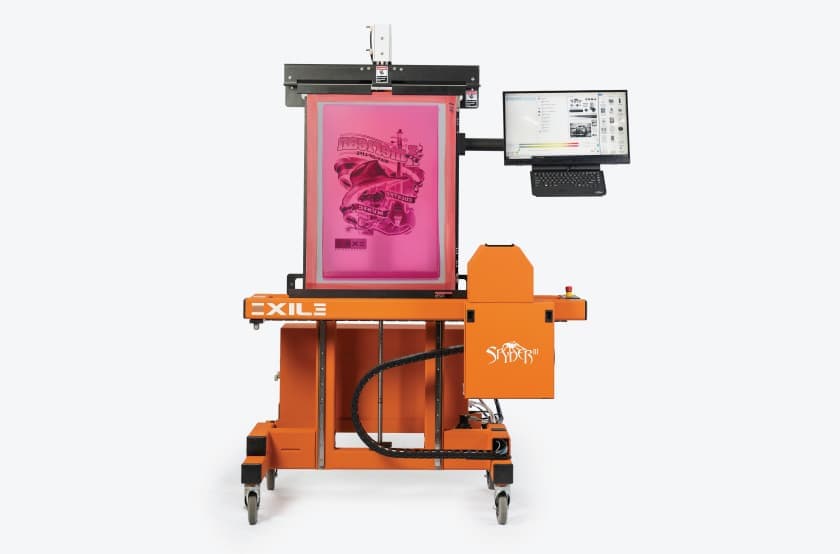
So, you ask, “How can the Spyder III shape my screen-printing business?”
The Spyder III can help to shape your overall business by increasing productivity in nearly every electronic pre-press procedure. This CTS printer applies your artwork digitally and accurately onto your screen, eliminating the need for film, and this is only one of the many process improvements provided.
- Having printed the image directly onto the coated screen, you now remove the need for vacuum in the exposure process.
- No need for a vacuum means no need for glass.
- Doing away with glass means pin-holding is also eliminated!
This new printer uses a new industrial inkjet print-head design and an improved high-density ‘phase-change’ ink. The ink is water-soluble for quick and easy washouts with no residual waste solids.
Other properties that the Spyder III touts:
- Dual print settings – 900 dpi for typical textile screen printing and 1200 dpi for industrial screen print applications.
- Supports bi-directional printing, typically printing a screen, at higher resolutions than anyone else in under a minute.
- Did we mention that phase change technology removes all limitations on what emulsion you currently use or may change to later? Can other technologies boast this claim?
- The Spyder III immediately benefits shops that produce 25 screens or more per day.
- The device comes standard with a traditional three-point registration system. It is also available with an MHM compatible pin registration systems.
- These registration systems, when coupled with the Spyder III’s innate accuracy can reduce press setup time to mere minutes.
What’s different between the Spyder II vs. Spyder III?
Well, the Spyder III is faster than the Spyder II at twice the resolution! The Spyder II prints most commonly at 600 dpi, while, the Spyder III prints at 900 and 1200 dpi. Yes, you guessed it, 900 dpi is even faster and still a substantial improvement in resolution. EXILE is also working on a 600 dpi setting for some very impressive print speeds. For jobs that are comprised primarily of solids, the number of screens per hour will be extraordinary. For fine details and higher line-screen rulings, 900 and 1200 dpi modes will outperform the already excellent image quality of the Spyder II.
All of that said, with higher resolution imaging, the Spyder III will deliver a significant boost in production and efficiency in average job turnaround time.

When will the Spyder III become commercially available?
The official launch of the Spyder III commenced in the fourth quarter of 2019. EXILE is currently taking orders and will begin shipping the Spyder III at the end of Q1 of 2020.
If you are looking for a printer that is designed with a heavy workload, and spectacular image quality and longevity in mind, contact the folks at EXILE Technologies. With the Spyder III, there is no need to consider other CTS systems.
EXILE Technologies is a leading manufacturer of imaging solutions. EXILE’s line of products, which include direct-to-screen and direct-to-garment printers, thermal imagesetters and seismic plotters, meets the demanding needs of print shops everywhere, regardless of size and production needs.
